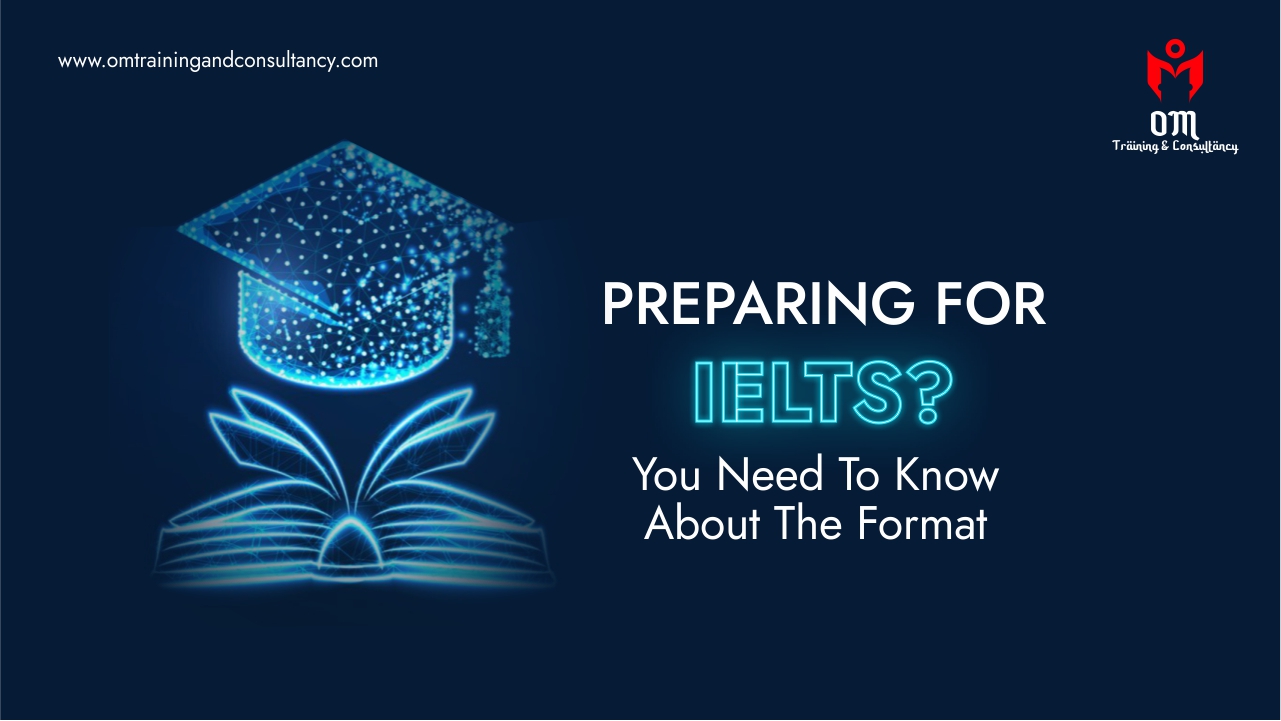If you have opted to take the IELTS exam, you should be aware of the test’s structure and content, as well as a few key rules. You can also find internet materials useful. Learning resources and materials for IELTS provide excellent practice for knowing the test’s particular format.
Academic, Basic Training and Life Skills are the 3 levels of the IELTS test. The four parts of the first two assessments, Academic and General Training are Listening, Speaking, Reading, and Writing. The Listening and Speaking exams are required of all candidates, however, the Reading and Writing portions have varied criteria.
The reading and writing exams in the Academic version will be more complex than the General Training edition. Only the Speaking and Listening portions are included in IELTS Life Skills, and it takes a shorter time to finish than other ones.
- Listening Test:
It takes about 30 minutes to complete the listening phase (plus 10 minutes to transfer your answers). You’ll hear the directions and a test question at the start. You read section 1’s questions, listen to part 1, and then respond. Parts 2, 3, and 4 are treated in the same way. After that, you write your answers on the answer sheet.
There are 40 questions in many formats, including MCQs, matching, plan/map/diagram identifying, remark, diagram, overview, or sentence completion, and short answers.
- Speaking Test:
The Speaking test is divided into 3 parts and takes 11-14 minutes to finish:
- The examiner presents himself/herself and asks you to identify yourself during the introduction and interview, which lasts about 4-5 minutes.
- The second section is only 3-4 minutes long. You will be given a work card and asked to speak on a certain topic by the examiner.
- The last 4-5 minutes of the Speaking session are devoted to a conversation. The examiner will go through the subject from part 2 in greater depth with you.
- Reading Test:
The Reading part has a time limit of 60 minutes. The Reading Test consists of three passages ranging in length from 2,150 to 2,750 words.
The Reading component, like the Listening part, contains 40 questions organized in a variety of methods, including MCQs, identifying information, and a writer’s views/claims. Some of the questions in the Reading portion just need a brief response including MCQs, identifying information, and a writer’s views/claims.
- Writing Test:
In the Writing part, there are 2 tasks. The total time allowed for both activities is 60 minutes, whether you take the Academic Writing or the General Training Writing Test. Independent notes or key points should not be included in your replies, as this will lower your overall grade.
- Life Skills in IELTS
The IELTS Life Skills is a unique English language exam created to suit UK Visa and Immigration standards for specific visa classes and migration purposes. This test solely evaluates your listening and speaking skills at the Common European Framework of Reference levels A1 and B1 (CEFR). The exercises in IELTS Life Skills are intended to mimic the practice of interacting in an English-speaking community regularly.
Getting your results
Your IELTS test result will arrive 13 days after you take the test, and it will be documented on an exam report form. You also can verify your test results, and some centers will even call you to offer you a sneak peek.
If you are dissatisfied with your test results, you may request that one or more portions be re-graded. There is a cost associated with this, which is returned if the result is updated. During 6 weeks of the test date, you must request a re-mark.
Conclusion:
Following the exam, the IELTS language certificate can open doors to worldwide academic and professional prospects in a variety of institutions and places where English is spoken or needed. IELTS is a nationally known English language competency test for non-native English speakers who want to study, work, or reside in an English-speaking setting.
Read Also:- OET Examination And Why It Is Beneficial?
